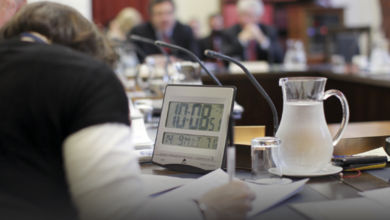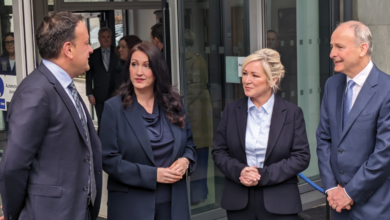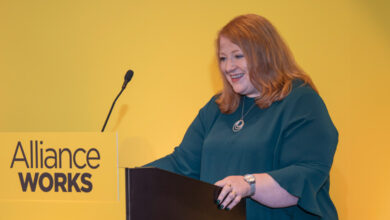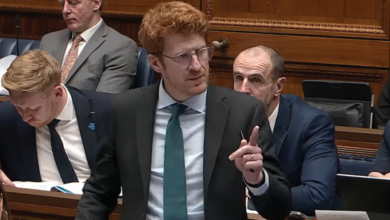Assembly Election 2017
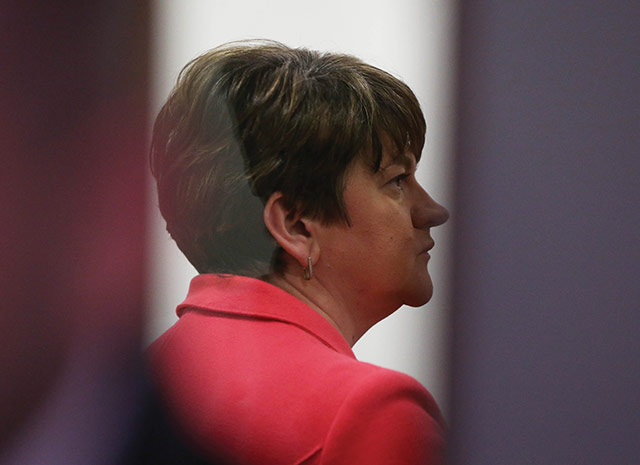

As well as the reduction of the Stormont Assembly by 18 seats, the March 2017 snap election also brought further significant change to the political landscape of Northern Ireland, most significantly the loss of a unionist majority at Stormont for the first time in the history of the State.
While the DUP remained the largest party at Stormont returning 28 MLAs, the result represented a loss of 10 seats on their previous total. In contrast Sinn Féin’s loss of just one seat from its previous total is viewed as a significant gain with the context of an almost 4 per cent rise in their first preference vote share.

A strong surge in the nationalist vote was also represented in the SDLP’s ability to hold on to their 12 seats, even though their share of first preference votes fell slightly. Despite entering into what is now viewed as an unsuccessful period of opposition, the SDLP’s retention of seats in a shrinking Assembly has been credited not just to greater mobility among the nationalist electorate, but also from transfers received from voters of the UUP, their partners in opposition. The partnership was not as fruitful for the UUP however, despite marginally increasing their voter share, the part lost six seats, sparking the party leader Mike Nesbitt’s decision to announce he was leaving the role, even as the counting was still ongoing.
The Alliance Party recorded their highest ever number of votes and achieved eight seats. The Green Party (2), the TUV (1) and Independent Claire Sugden and People Before Profit (1) made up the remainder of allocation.

Added together, those designated as unionists (DUP, UUP, TUV and Claire Sugden) make up just 40 of the 90 possible seats. This is in contrast to The DUP’s failure to secure 30 seats, also means that it has lost the ability to wield the Petition of Concern unaided. A valid petition requires the signature of 30 Assembly MLAs and has been used in the past by the DUP to block proposals to lift the ban on gay marriage in Northern Ireland and changes to abortion laws.
Overall voter turnout was up by 10 per cent to 64.8 per cent, an initial sign that recent controversy at Stormont appeared to strike a chord with the electorate, interest levels which were last present in 1998.
Female representation
While the number of females represented in the Northern Ireland Assembly has fallen by three, the reduction of assembly members means that females now make up a more significant proportion of MLAs. The proportion of female membership of the Assembly (30 per cent) is consistent with the proportion of the 70 females who made up the overall candidate number (30.7 per cent). Northern Ireland now ranks higher than the parliaments in the Republic of Ireland (22 per cent) and England (29.4 per cent) but falls somewhat short of female representation in Wales (41.7 per cent) and Scotland (34.9 per cent).
In terms of party make up, Sinn Féin returned the most female MLAs (11), meaning females make up over 40 per cent of their elected members. The six DUP female MLAs are 21.4 per cent of its MLAS, while a third (33 per cent) of the SDLP’s 12 members are female. Three (37.5 per cent) of the Alliance’s MLAs are female. In terms of constituency make up, south Belfast has the highest female representation with three out of its five MLAs elected females.
Not returning
As well as a number of high profile MLAs who chose not to contest the 2017 general election, including former deputy First Minister Martin McGuinness, former Junior Minister Alastair Ross and the UUPs Ross Hussey. There was also a number of significant figures who contested but lost out on a seat in the new Assembly. Below is a list of defeated incumbents.
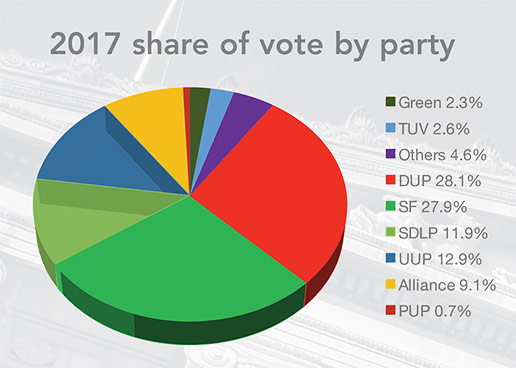
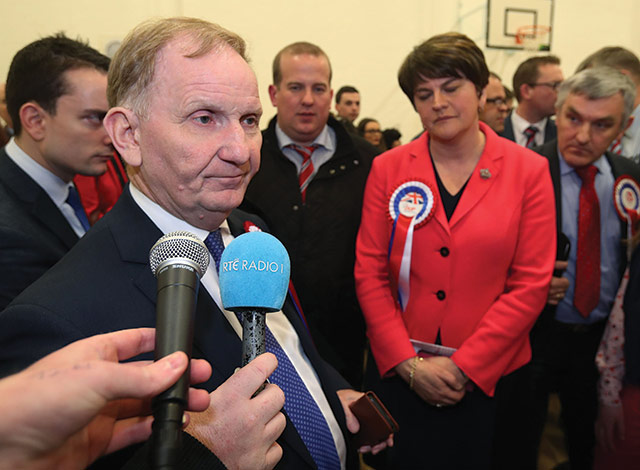
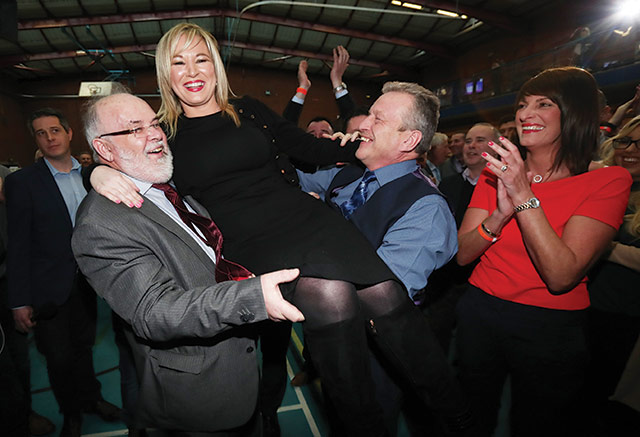
Not returning

DUP
Nelson McCausland; Emma Little Pengelly; Adrian McQuillan; Maurice Morrow; Brenda Hale; Phillip Logan

People before profit
Eamonn McCann
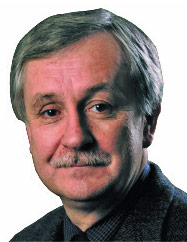
Sinn Féin
Oliver McMullan

SDLP
Alex Attwood; Richie McPhillips
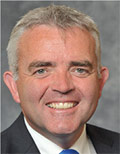
Independent
Jonathan Bell; Gerry Mullan

